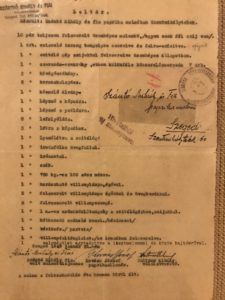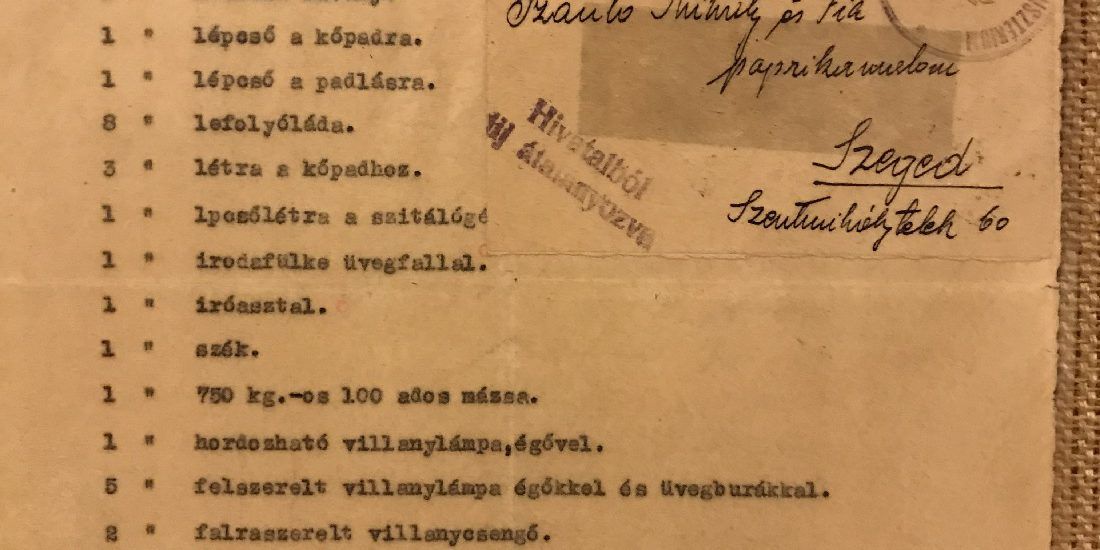25th of February in Hungary is Remembrance Day of the victims of the communist regime that lasted roughly between 1948 and 1989. The part of the regime that I knew as a child was the 70s and 80s, which is often referred to retrospectively as goulash communism, meaning a lighter form of dictatorship, a relative well-being of society. However, the first two decades was a living hell for most people who disagreed politically and for those hundreds of thousands of people that lost their private properties small and big due to state confiscations without compensation. For us Hungarians communism means especially those dreadful first two decades when private property became public, when from lower-middle classes to upper classes the entire society was displaced and decades and centuries of work and wealth was disrupted and terminated overnight. And, all this came after the horrors of the second world war, when in western societies life finally resumed and normalcy returned.
In this post I remember the day when the newly formed communist state confiscated the entire business premises of the Szánthó family. I have written earlier about the Szánthó family’s paprika mill and life. This was a family that successfully built and operated a wheat and paprika mill for two generations in Szeged-Szentmihály. They were skilled people, always interested in increasing efficiency in their mill. They were pioneers also: they invented and patented a paprika processing machine and had visiting university students in the mill.
On 31 January 1949 the sons of the founder Mihály Szánthó had no other options but sign the official state confiscation document. The document is on display in PaprikaMolnár’s Paprika Museum. It is a one-page Inventory that contains a list of the tangible personal properties of the business (machines, equipment, tools) as well as the building that housed the wheat and paprika mill. I don’t know how complete the Inventory was, and I can only guess at how the Inventory was listed and registered, but it looks official enough: it is duly dated and signed by three parties: the former owner (the sons of Mihály Szánthó) and two persons representing the state. One is a “paprika quality controller”, who must have been an employee of the state institute in charge of taking samples in the mill, doing quality controls and issuing quality certificates. Probably he knew the mill owners in person and maybe that’s why his presence was required. He might have been the intermediary between the ex-owners and the new state owner. The third party to sign was the head of the newly formed paprika processing company owned by the state. His title on the Inventory is simple: “company head”, misspelt in Hungarian. What is most heart-shaking to see, however, is the signature of the owner. Under his name it says “ex-mill-owner”. As simple as that, and with that two generations of hard work, inspirations and execution was lost.
Szegedi paprika history is not complete without telling the story of how in 1949 the twenty private paprika mills in Szeged became state properties without compensation, without payment. They were all victims of communism and we must remember that.

Inventory. Communist state confiscation of the paprika mill
Tetszett a cikk? Ha szeretne még paprikás és fűszeres témában, heti rendszerességgel cikket olvasni, hírt kapni az ÚJ paprika elkészültéről, iratkozzon fel hírlevelünkre. Subscribe to our Blog and enjoy our Paprika Poster.







